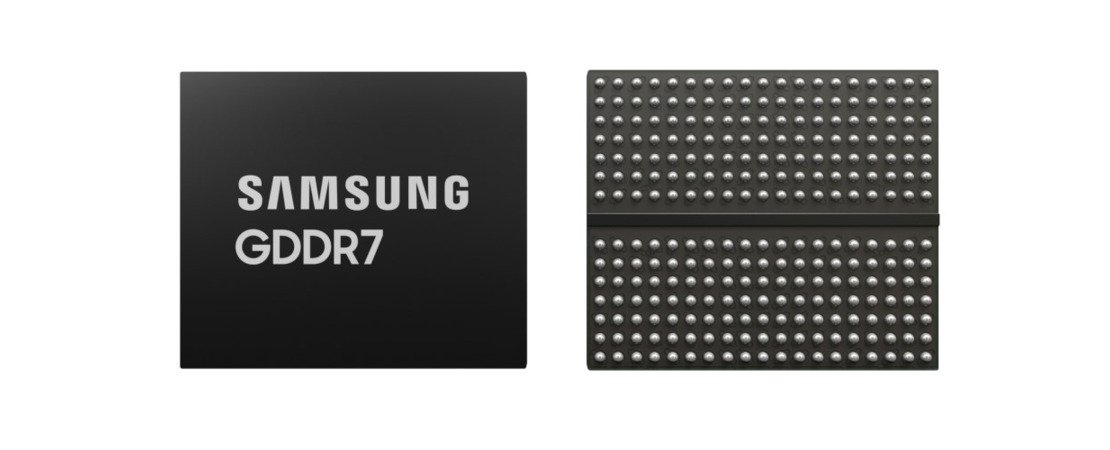In a remarkable move to enhance graphics performance, Samsung has announced its next generation of GDDR7 memory modules, boasting stunning speeds of 37 Gbps for future GPUs. This development promises to revolutionize the market for graphics DRAM with unparalleled efficiency and performance. We may be on the cusp of a new era in the world of graphics processing and gaming performance.
Samsung's pioneering role in graphics memory
Samsung's GDDR7 memory module, which will be unveiled next month at the IEEE International Solid-State Circuit Conference in San Francisco, raises the bar significantly in terms of speed and efficiency for graphics memory. With 37 Gbps pin speeds, Samsung represents over a 54% increase in performance compared to the current GDDR6X modules, which operate at a maximum of 24 Gbps.
The announcement of this new memory standard not only marks a significant leap in technological advancement, but also signals Samsung's commitment to intensify competition in the graphics memory space and redefine the boundaries of what is possible.
The technical achievements of GDDR7
The performance capability of Samsung's GDDR7 memory is impressive. With a bandwidth ranging from 592 GB/s to 2.3 TB/s depending on bus configuration, this memory will fundamentally change the way we think about graphics processing and performance. Particularly for applications in gaming and artificial intelligence (AI), this technology promises significantly improved efficiency and speed.
Samsung highlights that the GDDR7 memory will offer 20% higher efficiency, which is particularly important for high-end GPUs as memory accounts for a significant portion of overall power consumption. Additionally, the new memory technology will feature optimized high-speed workload technology and an option for low operating voltage, making it ideal for use in laptops and other energy-conscious applications.
Another significant advantage of GDDR7 memory is improved thermal conductivity achieved through the use of a high thermal conductivity epoxy molding compound. This innovation reduces thermal resistance by up to 70%, leading to more efficient cooling and thus longer component lifespan and reliability.
The evolution of GDDR graphics memory
GDDR memory development has steadily progressed since GDDR5X, which was primarily used for gaming. With each new standard, we have seen significant improvements in speed and efficiency, with GDDR6 and GDDR6X already optimized for gaming and AI applications. GDDR7 continues this tradition and significantly expands the possibilities for future graphics cards and systems.
A glimpse into the future
The introduction of Samsung's GDDR7 memory promises to greatly enhance the performance and efficiency of graphics cards and systems. As we await the official unveiling and the first benchmarks, the anticipation within the gaming and tech community is palpable. With this development, we may be entering a new era of graphics processing that redefines the boundaries of what is possible in gaming and AI applications.
Samsung's commitment to innovation and progress in the field of graphics memory once again demonstrates that we are at the beginning of an exciting time where technology continues to push the boundaries of what is achievable. The introduction of GDDR7 memory is a clear indication that the future of graphics processing and gaming performance looks brighter than ever.
